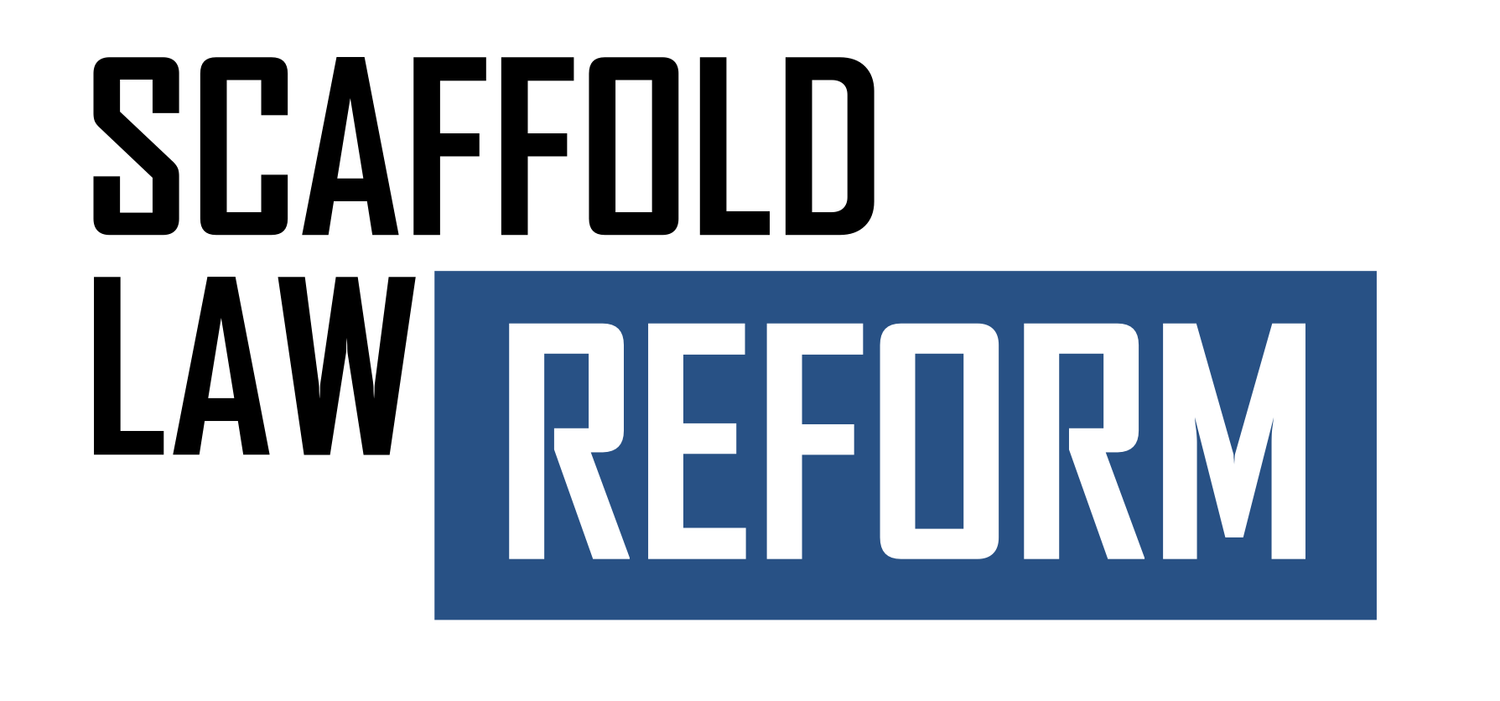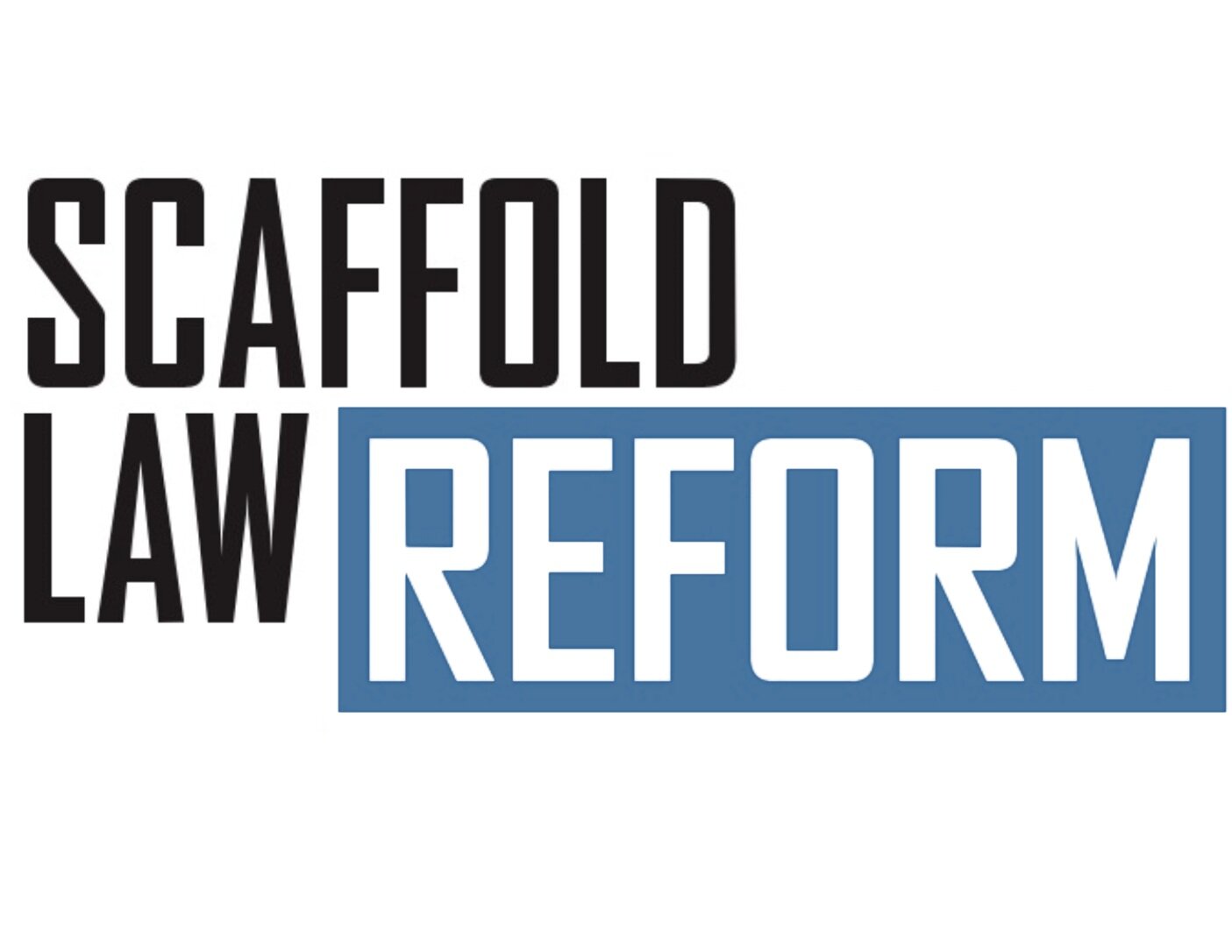Op-ed: Here’s How To Kick-start Construction And Get New Yorkers Back To Work
There are two sure signs that will tell us New York is back. One is seeing packed restaurants at night. The other is looking up at towering construction cranes dotting our mortar-and-steel horizon during the day.
If New York wants to return to pre-Covid times, we need to build our way back. We need to get laser-focused on expediting construction projects to restore the roughly 44,000 direct, good-paying jobs lost during the pandemic.
At the same time, we should seize this moment to rebuild our city in smart ways. We can eliminate unnecessary building costs; streamline approvals and permitting; and prioritize the type of construction that post-Covid New York will desperately need, such as housing instead of office space.
These are a few steps the state and the city should take to kick-start construction and get New Yorkers back to work:
Allow the rezoning of commercial space in New York City for residential use, which is in much higher demand. The Real Estate Board of New York estimates 10% of Midtown’s older office space can be redesigned for residential use, creating 14,000 apartments.
Move quickly on Gov. Kathy Hochul’s revised version of the $6 billion reconstruction and expansion of Penn Station, including both office and residential units.
Scrap the lengthy ULURP in favor of an expedited public-review process.
Expedite the allocation of the billions of dollars expected from the $1.3 trillion infrastructure package approved in Washington. The money will provide thousands of jobs for the MTA and the Gateway rail tunnels.
Eliminate the exorbitant and unnecessary insurance mandates of the state’s scaffold law, responsible for insurance premiums 300% higher than anywhere else in the country. The law, repealed in every other state except New York, imposes automatic, 100% liability on contractors for any worker injury, irrespective of any contributing factor, and it is a primary driver of the high cost of construction.
Approve a new 421-a building incentive law, with prevailing wage requirements, now under consideration in Albany.
Establish a community hiring program to provide apprenticeships for low-income New Yorkers.
The city’s unionized construction industry was thriving until March 2020, when the pandemic hit and everything bottomed out, halting construction jobs everywhere.
The numbers are jolting. New York City lost $9.8 billion in construction activity, including 74,000 direct and indirect jobs and $5.5 billion in lost wages.
The hit to construction employment during the pandemic has been the worst in the state’s private sector, with an employment decline of 14.4%.
Construction activity is a proven path to decent, middle-class lives for New Yorkers. Every dollar spent on construction yields $1.31 spent in New York City. Eight jobs are created for every $1 million spent on construction. Construction and real estate comprise 20% of the city's GDP.
The Partnership for New York City estimates that 47% of city job openings require a college degree, yet 43% of employable New Yorkers do not have a high school degree or equivalency.
Construction jobs offer a solid career path for those individuals and can lead to increased economic activity and revenue for the entire state.
Louis Coletti is president and CEO of the Building Trades Employers Association.

